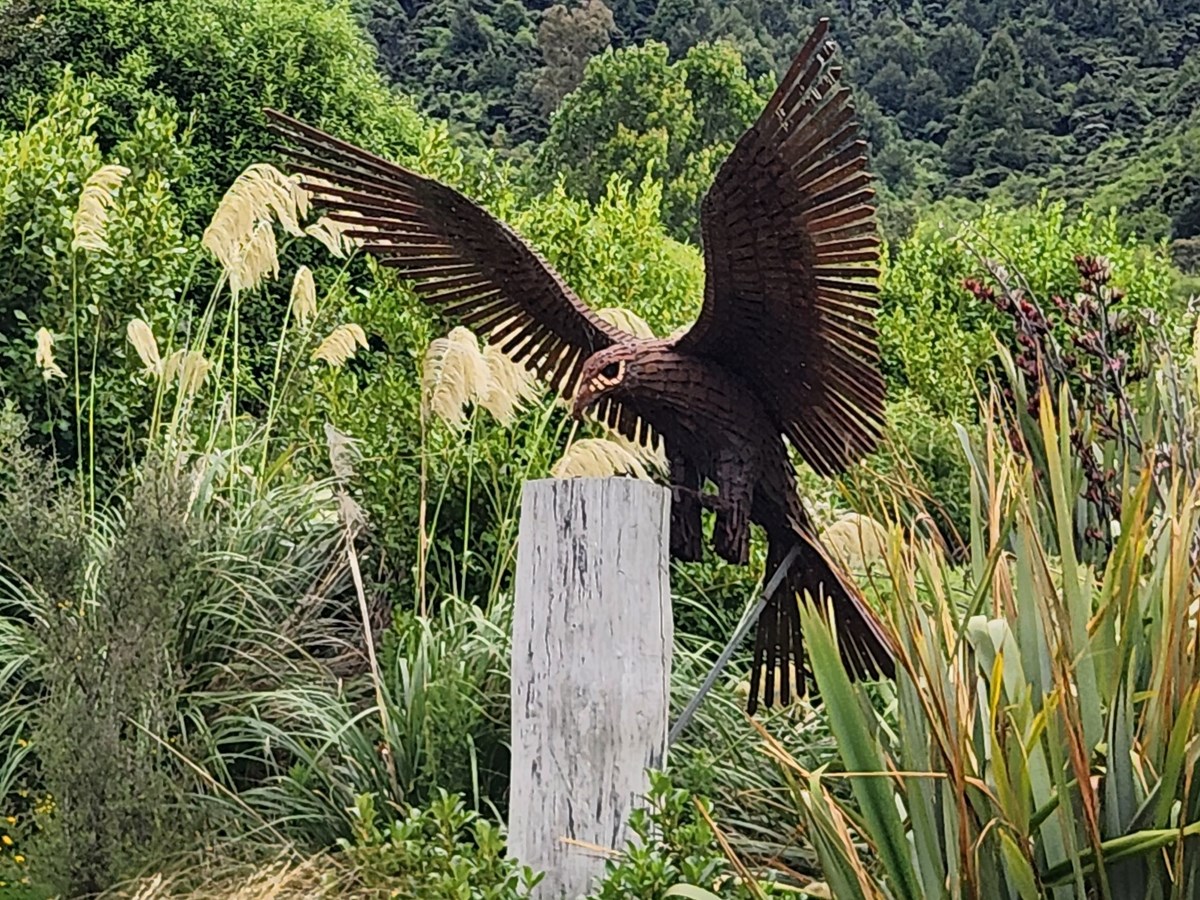Glentui Heights at Bobs Cove
Monday, 3 February 2020Glentui Heights is a luxurious residential development set amidst the stunning natural backdrop of Bob's Cove near Queenstown, New Zealand, designed for harmonious living with nature.
What is Glentui Heights?

Glentui Heights is a premier luxury residential subdivision situated near Queenstown, New Zealand, in the picturesque region of Bob's Cove on Lake Wakatipu. This development comprises 49 building sites distributed across two phases, emphasising harmony with the natural landscape and delivering superior living standards.
Set within a vast nature reserve, Glentui Heights offers residents sweeping views of both the mountains and lake, nestled amidst native bushland. The development is crafted to preserve the area's ecological balance, including the conservation of native flora and fauna. Located approximately 12 kilometres from downtown Queenstown, it provides a blend of accessibility and tranquillity.
Residents can also enjoy various outdoor activities, such as bushwalking, cycling, and water sports. The generously sized properties, often exceeding 3,000 square metres, cater to those seeking spacious and private living environments.
Location and Amenities

Bob's Cove, positioned near Queenstown along the shores of Lake Wakatipu (approx 20k from Queenstown Airport), is celebrated for its exceptional natural beauty and array of recreational activities. The area is equipped with amenities including trails for hiking and biking, with the popular Bob's Cove Track providing ample opportunities for birdwatching and exploring historical sites. Proximity to Queenstown allows for quick trips to urban conveniences, adventure sports, and cultural events. The route towards Glenorchy offers access to renowned hiking paths, and the nearby Central Otago region is noted for its vineyards, adding to Bob's Cove’s allure as both a residential and tourist destination.
Why we love Glentui Heights
We appreciate Glentui Heights for its commitment to eco-friendly integration with the natural environment of Bob's Cove. The residential development encourages the use of sustainable design principles that incorporate local materials and advanced energy-efficient technologies. The large and exclusive plots provide a canvas for bespoke, luxurious homes that reflect individual preferences, enabling creative architectural expressions. The natural landscapes present opportunities for architects to design community-enhancing spaces while respecting the ecological sensitivities of the area.
Building Tips and Considerations
Building in Glentui Heights requires a thoughtful approach tailored to the unique environment and specific development standards.

- Architectural Style and Materials: Utilise natural materials such as stone, wood, and glass to blend your home into the landscape. Opt for architectural styles that complement the area's rugged beauty, with low-profile, earth-toned structures that enhance the panoramic views.
- Environmental Sensitivity: Implement environmentally sensitive building practices to manage construction waste, prevent lake runoff, and minimise land disturbance.
- Energy Efficiency: Design your home to maximise natural heating and cooling, incorporating high-quality insulation and thermal mass materials to regulate indoor temperatures.
- Water Conservation: Use systems like greywater recycling and efficient water fixtures to preserve the local ecosystem.
- Landscape Design: Opt for native plants adapted to local conditions to reduce water usage and support local wildlife.
- Outdoor Living Spaces: Create outdoor areas that maximise views and integrate with the natural setting.
Community Guidelines: Adhere to community architectural guidelines to maintain the aesthetic and environmental integrity of Glentui Heights. - Building for the Climate: Ensure your home can withstand local weather conditions, including rain, snow, and UV exposure (New Zealand sun is strong)
Site Selection at Glentui Heights in Bob's Cove

Choosing the right site at Glentui Heights requires thoughtful consideration to fully capitalise on both the investment value and personal enjoyment of your property. Here are some guidelines to help you select the best possible site within this exceptional development:
- View and Orientation: Select a site that maximises views of Lake Wakatipu and the surrounding mountains. Consider south-facing lots for increased sunlight exposure throughout the year, essential in Queenstown’s cooler climate. Orientation is also crucial for incorporating passive solar heating into your home design.
- Topography and Natural Features: Evaluate the natural features of each site. Properties with unique elements like rock formations, mature trees, or water features can enhance the aesthetic and value of your home. However, consider the terrain's impact on construction—steep slopes can provide spectacular views but may increase building costs.
- Privacy and Proximity: Depending on your preferences, choose a site that offers privacy from neighbours and is removed from public areas. Lots at the end of roads or bordering conservation land typically offer more seclusion.
- Access and Infrastructure: Ensure the site has good accessibility and is well-connected to community infrastructure, such as roads and utilities. Assess potential drainage issues, especially for lots situated at lower elevations.
- Future Development Plans: Be aware of any planned developments around your chosen site. Future construction could affect your views or privacy, so factor this into your decision-making process.
- Community Restrictions and Guidelines: Familiarize yourself with any building restrictions or covenants at Glentui Heights, which may influence the size of your home, architectural style, and landscaping options.
- Environmental Impact: Consider the environmental impact of your construction. Choose a site that allows you to minimize this impact, potentially through strategic placement and design that enhance energy efficiency and reduce disruption to the natural environment.
We are happy to help with site selection and the engagement of planners, landscape architects, and builders familiar with the area. Together we can provide valuable insights into which sites best meet your needs based on local environmental conditions and building regulations.




